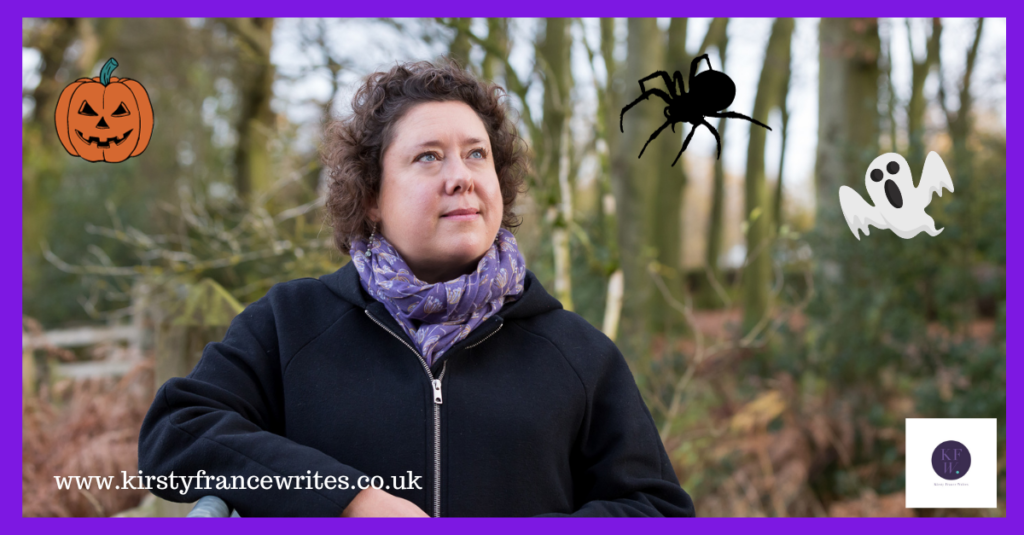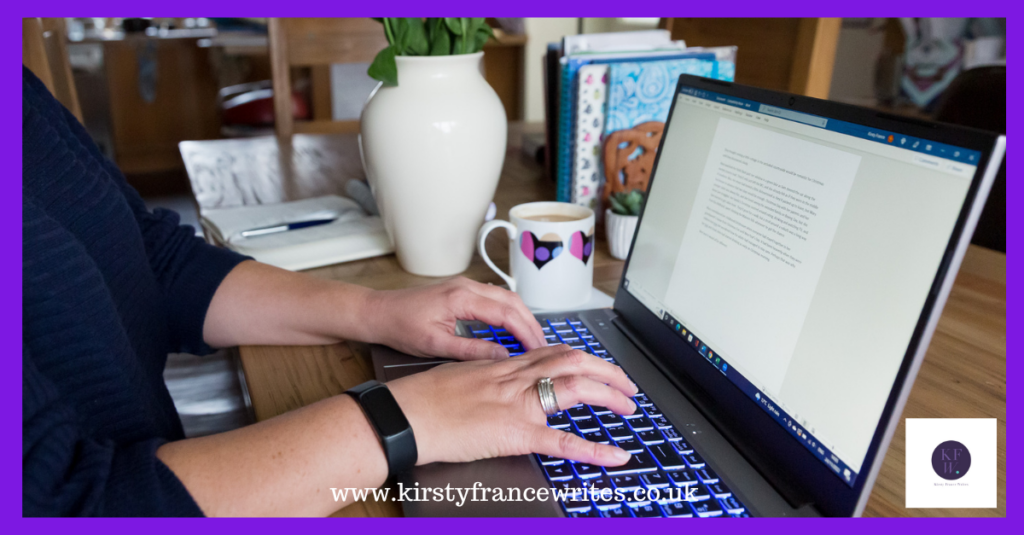
It’s nearly Hallowe’en, so my thoughts turn to the spooky side of life. The thing is, what if your business is the scary thing? You might know that you and your business are lovely and not terrifying, but your customers could still hesitate. Here are the top five reasons your customers are scared to contact you and what you can do about them.
They don’t know what to expect
Contacting a new business can be like the first day of school; exciting but also terrifying if you don’t know what to expect. That’s why schools send out loads of information to parents and have settling-in days for the kids.
Use your marketing to share what happens when people get in touch, book an appointment or come to a class. Tell them what they need to bring or what to wear. They’re more likely to get in touch when they can see the path ahead.
They think they won’t understand you
This probably applies to you if you work in law, accountancy or anything technical, particularly with lay clients. When I was a solicitor, legal speak created a shorthand to use with other lawyers, but I never used it with my clients. Your customers might be putting off something important because they think you speak gobbledegook.
If your customer doesn’t speak the same technical language as you, don’t use it in your marketing. Show them you’re a normal human being who’ll explain things in a straightforward way.
They’re worried about pressure sales
I hate pressure selling. When I got married, we immediately rejected the photographer who offered us a 50% discount, “but only if you sign now.” Does that ever work?
If you use sales calls in your business, there’s no single way to reassure people that you won’t do this. You can share case studies and testimonials and talk about your process on your website, blog, and emails. Knowing they’ll have time to think things over will reassure people and encourage them to book a call.
They’re scared of asking a stupid question
No one wants to look stupid or feel like they’re being a nuisance. Your future customers might have a question whose answer is the difference between them booking and walking away, but they’re afraid to ask it.
The best way to deal with this is to use FAQs. You can use these as a list or a single post on any marketing platform. Answer questions that people have asked you, but make some up, too. Talk to people in your networking groups to see what they’d ask. I love coming up with questions for clients. I’ve lost count of the number of blog topics that came out of me asking a client how something works.
They don’t know you
What’s the biggest first-day-of-school fear you can think of? Yep, will the other kids be nice? Will I make friends? When you put yourself in your marketing, you help your customers get to know, like and trust you so they aren’t scared to get in touch.
Your marketing can show people who you are before they ever meet you (if they’ll ever meet you). When you write your marketing, be yourself, and you’ll ease your customers’ minds.
If you want to write content that puts your customers’ fears to rest and lets them get to know you, I can help. I’ll write blogs, posts, emails and whatever else you need to engage your audience and encourage them to buy. If you’d like a chat to find out how it works, you can book a call here. Alternatively, sign up using the form below for helpful hints and tips straight to your inbox every month.








